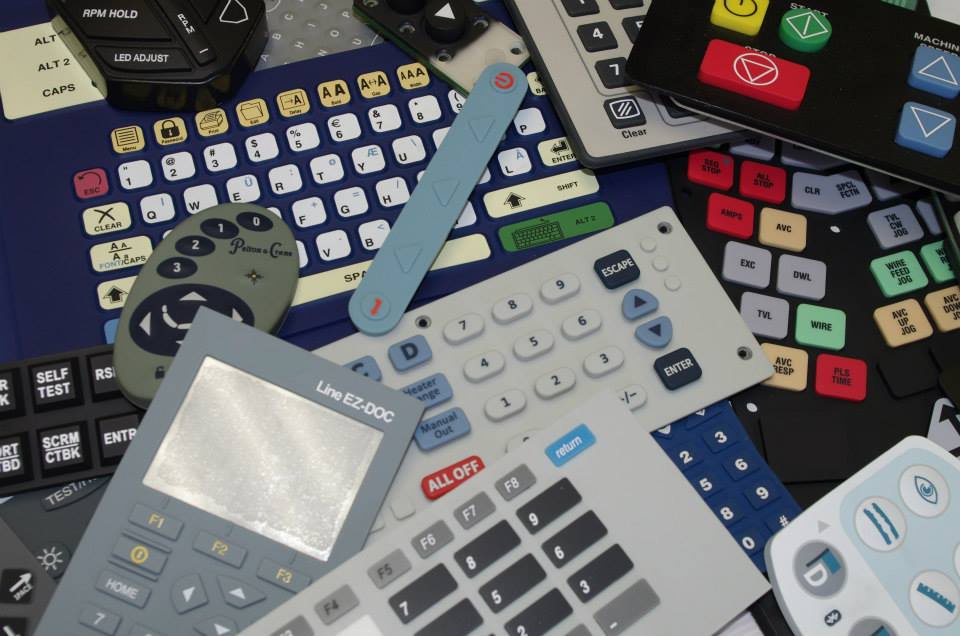In the realm of interface design, membrane switches continue to hold their ground as one of the top choices for designers and manufacturers alike. These slim yet versatile components play a crucial role in various electronic devices, offering a seamless interface between users and machines. Despite advancements in technology, membrane switches remain relevant and preferred for their durability, flexibility, and customization options. Let's explore why membrane switches continue to be a top choice for interface design in today's digital age.
Understanding Membrane Switch Technology
Membrane switches are composed of multiple layers of flexible materials, typically including a top graphic overlay, spacer layer, and bottom membrane layer. When pressure is applied to the surface of the switch, the top layer compresses and makes contact with the bottom membrane layer, completing a circuit and registering the input. This simple yet effective mechanism allows users to interact with electronic devices effortlessly.
Key features of membrane switches include:
- Slim Profile: Membrane switches have a slim and lightweight design, making them suitable for applications where space is limited or weight is a concern. Their low-profile construction allows for sleek and modern product designs while maximizing available space for other components or features.
- Customization: Membrane switches offer virtually unlimited customization options, including choice of materials, colors, graphics, and tactile feedback. Designers can tailor the appearance and functionality of the switches to meet the specific needs and branding requirements of their clients, resulting in unique and user-friendly interfaces.
- Durability: Constructed from durable materials such as polyester or polycarbonate, membrane switches are resistant to wear, tear, and environmental factors. They can withstand thousands of press cycles without experiencing degradation, making them ideal for applications where reliability is paramount.
Advantages of Membrane Switches in Interface Design
Membrane switches offer several advantages over alternative input methods, making them a preferred choice for interface design:
- Cost-Effectiveness: Membrane switches are often more cost-effective to manufacture and integrate into electronic devices compared to alternative input methods such as mechanical switches or touchscreens. Their simple construction and efficient production processes result in lower manufacturing costs, making them an attractive option for budget-conscious design projects.
- Ease of Integration: Membrane switches are easy to integrate into electronic devices and products, thanks to their flexible and adaptable design. They can be seamlessly incorporated into the overall product design, allowing for efficient assembly and production processes.
- Reliability: Membrane switches offer reliable performance over time, even in demanding operating conditions. Their durable construction and resistance to environmental factors ensure consistent operation, reducing the risk of malfunction or failure in critical applications.
Applications of Membrane Switches in Various Industries
Membrane switches find applications across a wide range of industries and sectors, including:
- Consumer Electronics: In consumer electronics, membrane switches are used in devices such as remote controls, microwave ovens, and fitness equipment. Their slim profile, customizable design, and durability make them well-suited for enhancing the user experience in consumer products.
- Medical Devices: Membrane switches are utilized in medical devices and equipment such as infusion pumps, patient monitors, and diagnostic instruments. Their reliability, ease of cleaning, and customization options make them an ideal choice for medical applications where precision and hygiene are paramount.
- Industrial Controls: In industrial settings, membrane switches are employed in control panels, machinery, and equipment for monitoring and controlling various processes and operations. Their durability, resistance to environmental factors, and customizable features make them well-suited for use in demanding industrial applications.
The Future of Interface Design with Membrane Switches
As technology continues to advance, membrane switches are expected to evolve to meet the changing needs and preferences of users. With ongoing advancements in materials, manufacturing processes, and design capabilities, membrane switches will continue to play a prominent role in interface design across various industries and applications.
In conclusion, membrane switches remain a top choice for interface design due to their slim profile, customization options, durability, and reliability. As technology advances and user expectations evolve, membrane switches will continue to adapt and innovate, providing seamless and intuitive interfaces for electronic devices and products. Whether in consumer electronics, medical devices, or industrial controls, membrane switches will remain indispensable components for enhancing the user experience and driving innovation in interface design.


No comments yet